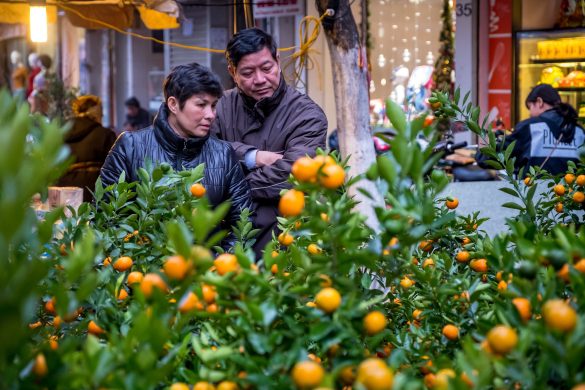NEW YORK, 20 September 2010: Despite promising progress on many of the Millennium Development Goal targets, national averages mask large disparities in terms of gender, income and location, with large numbers of women and girls being left behind, especially in rural areas.
Coinciding with the UN High-level Summit on Millennium Development Goals, data from the forthcoming Progress of the World’s Women 2010/2011, Access to Justice, released by the United Nations Development Fund for Women (UNIFEM, part of UN Women) Monday, spotlights how many women and girls, particularly in rural areas, continue to live in exclusion and poverty.
“Ending discrimination against women and enhancing gender justice are at the heart of meeting the MDGs,” said Ms. Inés Alberdi, Executive Director, UNIFEM (part of UN Women). “With five years remaining to achieve the Millennium Development Goals, this Summit challenges world leaders to commit to actions to accelerate progress. There is no shortage of promising practices to end inequalities between women and men, but there remains a critical shortage of resources to scale up investment of best practices that work.”
The findings and analysis calls for urgent action in four areas that are critical to gender justice and the MDGs:
Women-friendly public services to meet women and girls’ rights to education, health and food:
Education: Secondary education is especially important for girls because it enables them to access jobs, lowers their chance of getting hiv and gives them more of a say in decisions within the household. For example, in Nicaragua, while nearly three-quarters of rich urban girls go to secondary school, for poor girls in rural areas, that figure is only 6 per cent.
Abolishing user fees and introducing cash incentives make a difference. In Malawi, a conditional cash transfer programme not only increased girls’ school attendance but also reduced hiv prevalence rates among programme beneficiaries by 60 per cent compared to non-beneficiaries, attributed to girls engaging in less “transactional sex” with older men.
Reproductive health: Data shows that poor women in rural areas are particularly unlikely to have access to skilled health personnel at the birth of their children. In Nepal, while nearly 70 per cent of rich urban women have access to skilled attendance, only 5 per cent of poor rural women do.
Female service providers help to improve access for women and girls. Indonesia’s “midwife in every village” programme, in which 54.000 midwives have been trained over 7 years, has halved the maternal mortality rate.
Land and jobs for women ensuring the right to decent livelihood, through access to economic assets:
In Tajikistan, the government has taken important steps to increase women’s control over land, through providing them with practical support to make land claims, including legal aid, and awareness raising among officials and religious leaders. Between 2002 and 2008, the proportion of farms headed by women rose from 2 to 14 per cent.
Although female farmers play a critical role in food security in developing countries, OECD statistics show that of the18,4 billion US dollar spent on agricultural aid between 2002 and 2008, donors reported that just 5,6 per cent included a focus on gender.
Increasing women’s voice in decision-making — more women in leadership positions from the community to the global level:
Women’s lack of voice in the public sphere starts in the home. Early marriages have the biggest impact, leading to disempowerment of girls throughout their lives. In Colombia, women who married before the age of 18 are 47 per cent more likely to report having no say in household decisions, compared to women who married later.
Positive action or special temporary measures work. They have shown to rapidly increase female representation in corporate decision-making as well as politics from Rwanda to Norway. Globally, women make up only 18,6 per cent of parliamentarians. However, 29 countries have now reached or exceeded the 30 per cent mark. Of these, 24 have used quotas.
In the United States of America across 10 key sectors, including politics, business, law, the media, and the military, women make up an average of just 18 per cent of leaders.
Ending violence against women and girls, which too many women and girls face daily, stunting their opportunities, curtailing their mobility and denying them rights:
Violence against women is widely regarded as a missing MDG target, undermining efforts to reach all the goals. For example, one in four women experience physical or sexual violence during pregnancy.
The UN Trust Fund to End Violence against Women (UN Trust Fund), managed by UNIFEM on behalf of UN System, is the only multilateral grant-making mechanism exclusively devoted to supporting efforts to end violence against women and girls.
Since 1996, it has supported 304 programmes in 121 countries and territories with more than 50 million US dollars in grants. In 2009 alone, more than 1,600 applications were received, but the Fund could meet less than 4 per cent of the demand. One of the goals of the UN Secretary-General’s Campaign UNiTE to End Violence against Women is to raise100 million dollars by 2015, and it is imperative to reach this target.














